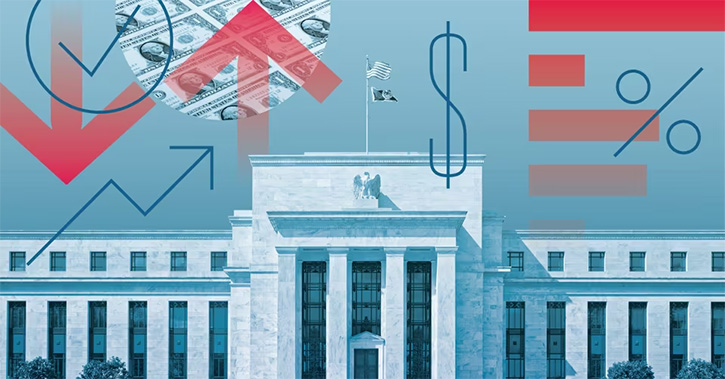2010 was another volatile year for investors and concerns of a double-dip weighed heavily during the summer. As these headlines started to fade away in the autumn, confidence increased and markets generally ended in positive territory. You can read an in-depth review here.
The Morningstar Investment Trust UK ex-Alternative Assets index closed the year some 21% higher on an NAV basis and only a handful of basis points less in price terms. This compares with gains in the FTSE All Share and FTSE 100 of 14.5% and 12.6% respectively. The broader Morningstar All Global index rose more than 20% over the year in NAV terms, and 22% in price terms, while the MSCI AC World’s gain was a little over 16%. That’s not to say that every AIC sector has stormed ahead of its open-end peers, though. So let’s take a look at the individual sectors.
In Asia-Pacific, the Morningstar/AIC Asia-Pacific ex-Japan category rose nearly 7.5 percentage points more than its equivalent Morningstar equity category on a NAV basis, ending the year 30% higher; the open-end category rose some 22.5%. Asia-Pacific including Japan was also strong, gaining nearly 25% compared with just under 19% in the corresponding open-end Morningstar category.
If we look further back at the past five years, the Asia-Pacific ex-Japan closed-end sector has outperformed its open-end peers by nearly 22% and by over 50% on a ten-year basis. And in Asia-Pacific including Japan, our Morningstar open-end equity category has nearly doubled its money over ten years, whereas the closed-end sector has surpassed that by making nearly 2.5 times: that’s quite the difference.
In Japan, however, it’s been notoriously difficult to make money over the last two decades. Last year the closed-end sector gained nearly 19%, compared with less than 17% in open-end funds; gearing certainly helped here. In Japanese smaller company funds, though, the difference in returns between the fund types was marginal, at just 32 basis points. The long-term trend in Japan hasn’t changed, though; this is not a market in which geared funds have performed well and losses over five years are approaching double that of their open-end counterparts.
In the UK, equity funds with a closed-end structure generally did better by a handful of percentage points on a NAV basis than their open-end peers and this is a trend that continues when looking back at the last five and ten years.
Then there are the emerging-markets equity funds, who have posted excellent returns. Here, too, closed-end funds outshone their open-end peers, with gains that were five percentage points higher by year-end. Over five years, this has widened to around 40 percentage points more—another reminder of the power of compounding.
In our article in 2009, we told of the narrowing of discounts that year to 12%.Last year that trend continued. In January 2010, the Morningstar Investment Trust index excluding VCTs stood at a discount of 11.4%. It closed the year at 8.4%. While this is a less dramatic narrowing than that seen in 2009, this isn’t much of a surprise given the market conditions seen in both years. 2009 saw one of the biggest equity rallies for some years, whereas 2010 saw strong falls as well as rises. Nonetheless, the fact that discounts have tightened further means investors have had the benefit of that ‘double-whammy’ effect we mentioned in our previous article.
So once again, in 2010 closed-end funds showed their worth. Even more encouraging is that the longer-term performance numbers, with the exception of Japan, follow this trend too. The power of compounding cannot be ignored.






















